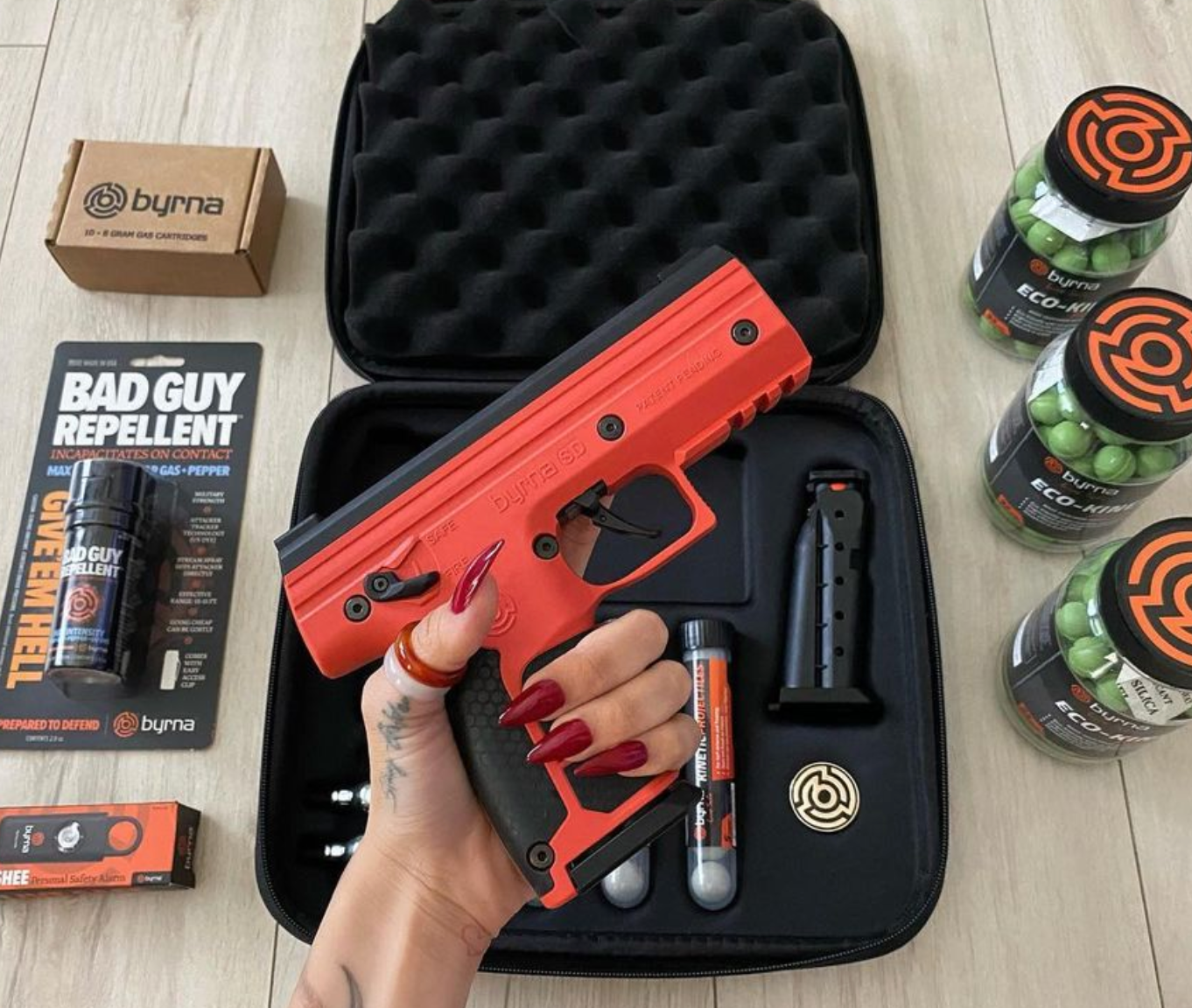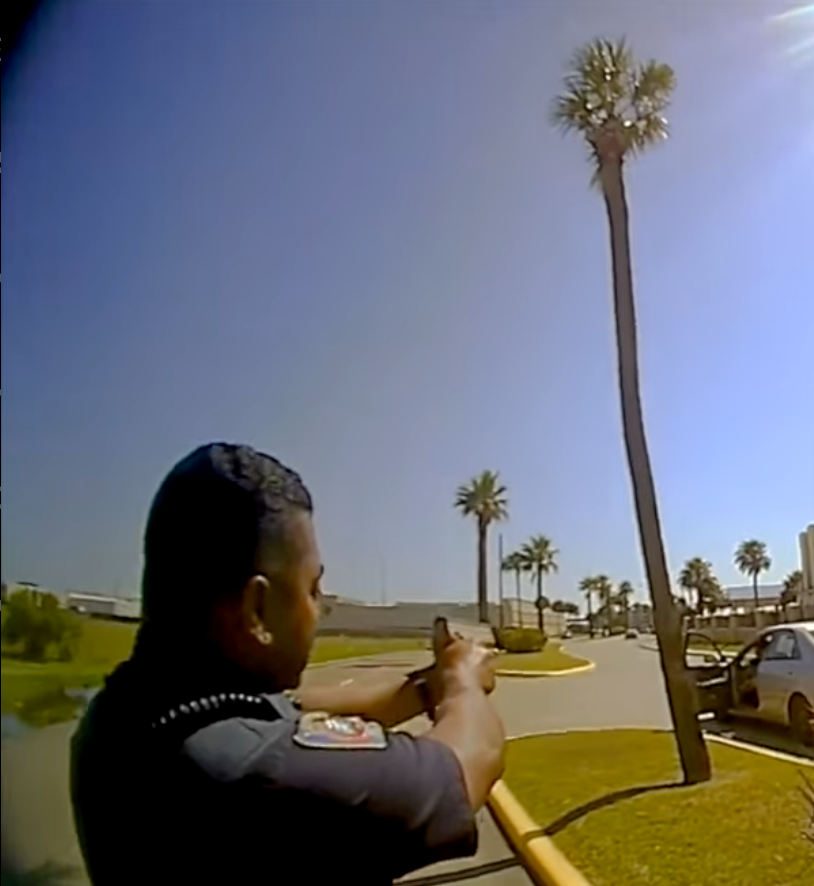
Across Canada's bigger cities, the anxiety about personal safety has been steadily climbing lately. Assaults have increased by another 20% in Canada in the last decade - enough to make anyone look over their shoulder.
You'll hear about crowded transit places or dimly lit streets as places where people might run into issues, so it makes sense to look for some ways to stay away from issues. There, you'll find five helpful drills that help you respond a little quicker if you're walking home late or dealing with busy crowds. Every move follows the laws in Canada - you can only use as much force as you need to stop a threat, and weapons made to hurt someone aren't allowed. You might wonder how much difference a few practiced moves can make - it turns out it can help quite a bit.
These drills use the natural movements that hold up even when you're under pressure. They help cut back on hesitation and get you moving faster. You just need a bit of practice and an open mind to new situations.
Let's run through how to break free from someone's hold to put distance between you and the threat.
Table of Contents
Wrist Escapes
Say someone grabs your wrist - a pretty common way for someone to try to control you - maybe just to pull you somewhere or even try to intimidate you. You might want to jerk your arm back. But that just makes their grip even tighter. Shoot for the weakest point in their grip. Where the thumb meets the fingers, there's always a bit of a gap - it's not obvious unless you're actually looking for it. Try turning your wrist toward that opening. You can step back to make some space.
You'll see that people usually panic the first time they try this - your breathing can go out the window. We've all been there - the split second where everything suddenly feels upside down. But once you practice this twist-and-step movement a few times then you'll start to feel a real change in your confidence. Remember that your technique always counts. One student even shared that she finally felt comfortable walking home after dark just from practicing this move. That's what practicing with your body can do over time.
Some people make the mistake of pulling straight back - it'll strain your wrist and give the person grabbing you even more control. Your first instinct sometimes works against you. Try relaxing your arm for just a bit. Let them briefly think they have you, then turn your wrist faster toward their thumb. If someone grabs your arm, then you want to drop your weight all at once, and it'll throw them off balance. As soon as you break free, look for a way out.

Always take care when you practice these moves - go slow so you don't get hurt. If you rush through them, then you might miss the point later. If you're working with a partner, talk things through so nobody gets surprised. In Canada, remember that you can only use enough force to get away, but nothing more. Once you break free, leave immediately - don't try to chase or fight. The point is to get away safely.
Some people worry that they'll freeze up when something actually happens. That's normal. Bodies have their own natural rhythms, and fear doesn't always listen to reason. But practice helps your body know what to do. Try repeating the move once a week - even five minutes matters. Start sitting down, then try it standing and add a little movement. Create some distractions. Your body picks up on what you practice, even if your mind feels nervous.
Once you break free, look out. Move away quickly and head toward lights or groups of people if you can. You want to give yourself as many options as possible because every single second matters. Use your legs more than your fists in those moments.
Defensive Blocks And Counter Punches
You can actually get practice with the defensive block and counter drill. Say you're on a packed bus. Out of nowhere, someone suddenly shoves you, and you bring up your forearm to block them - your body's reaction just kicks in faster than you'd expect. That motion is all about making enough space, so you have a bit of time to respond. What you want is to actually train your body to block and strike back almost at the same time.
Keep your hands up close to your jaw. If something comes at you from the left side, you can use your right forearm to push it away while turning your hips and throwing a counter with your left hand. Don't use only your arm for power - rotate your torso like you're turning a doorknob to add strength to the movement. It's not always about brute force - your body knows how to move if you let it. Shoot for the jaw or collarbone since those places can usually throw an attacker off long enough for you to slip away.
Watch out for your elbow here. If you lock it straight out, then you could hurt yourself instead of blocking the hit. Have a comfortable bend in your arm so it can take the hit. Work through the motions slowly. Speed will also come once it feels more natural to you. When you rush, it won't help - accuracy beats speed every time. Make sure that you switch sides so your arms get used to the movement. It's common to feel more coordinated on your dominant side in an emergency.

You might see that some counters just make more sense for your body - this comes down to how your weight changes as you move. If an easy counter doesn't feel right, go ahead and change your stance a little. Even a small pause matters. Drills like this help your body pick up the habit, so acting faster feels almost automatic before you even have time to remember it.
Think about the times you're close to other people - in line at the store or heading to your car in a busy lot - this drill is especially helpful in those tight situations. There's not always space for a big punch, so you can use quick replies to help if you're backed into a corner. People forget that small movements can create big openings. You're not trying to knock someone out. Your job is to throw them off just long enough to get yourself out of danger.
Knee Strike Drills
Knee strikes come in handy when you're in a tight place. You can't always swing your arms around, so you need to find a way to create some force without much space. Try to stand close to a wall and put your hands on it as if you're bracing against a real opponent. Then, drive one knee forward while you lean back a little. It's all in the hips. Once you get the hang of it, then switch your legs after each knee and make sure that you're pushing your hips forward - it helps to improve your power.
It's normal to feel nervous about practicing up close. That's the case if you're working with someone else in person. Take it slow to cut back on your nerves. Your body needs time to catch up with your intentions. Grab your partner's shoulders and gently pull them toward you - it kind of mimics a real struggle and helps you figure out your balance without being tossed around in a fight. Women's self-defense classes stick with these kinds of drills since crowded areas make it easier for someone to trap you. One woman talked about how that practice made her act on reflex when a stranger suddenly grabbed her arm in a parking garage.

Watch out for a common mistake - especially when you lean back too much. Balance is everything here. When you do that, it can take away your power completely. Keep your upper body stable, and try to rise up on the ball of your foot as you strike forward. That one fast move sends your energy right where you want it to go. With a bit of practice, your body gets used to moving, so you'll hit harder even when you're stressed.
Canadian law says you need to use only enough force to get out of danger. Your main job here is to give yourself the chance to get away safely from the situation. Add in a loud verbal command like 'Back off!' while you move away - it helps you stand your ground - this process might give you some way to stay focused, even when everything around you feels chaotic. Adrenaline's tough like that.
Elbow Strike Drills
Elbow strikes are especially helpful when you're stuck without much room to move. If you're pressed up against a wall or squeezed beside a table, you might not even have the option to throw a punch - it's when your elbows become helpful. Elbows are made to hit hard without a big wind-up. Even a single good strike can pack more than 1,000 pounds of pressure and get someone to back off fast. It's one of the tools that works when you need it most.
Here's something important to keep in mind from a security guard I know. He got caught once with a phone in one hand and an angry person standing close. He couldn't use his hands the way he wanted, so he used his free elbow and brought the whole thing to a stop. You never know when your hands will be full. Life doesn't always give you perfect scenarios. But your elbows can always take over for you. Aim with the flat part of your elbow, not the point, since striking with the tip can actually hurt your joint. The bony ridge is what you want to make contact with.

Try out different angles when you practice - sideways, upward, and straight down. You'll see that each one strangely works way better in different situations. You'll feel the difference once you try it. If someone grabs you from behind, a quick elbow back toward their ribs can give you some kind of opening to get away. Make sure that you protect your head, tuck your chin down, and change your weight into the strike to make it stronger. Your body knows how to generate power if you let it.
Say you're doing this while wearing a thick winter coat. Can you still hit with enough force? Heavy clothes can slow you down, so make some sharp movements. Have speed over perfection - there's no single style here. Your job is to get home safe. That's what counts.
Push Kicks
A push kick can turn someone's momentum against them when they get too close to you on the sidewalk. Improve your knee up. Then, use your hips to drive your foot into their thigh or midsection. The idea is to create enough space to move away.
You'll probably want to maintain your balance while you do this. If you lean too far back, you can lose your power. Kick too high, and it's easy to lose control of your body - accuracy beats style every single time. Targets like the thighs or the lower stomach can throw an attacker off without force. Remember to snap your leg back after you make contact - this helps you stay steady and makes it harder for someone to grab your foot.
Your shoes also play a big part in this. Stiff boots make it easier to push. But they slow you down, while sneakers let you move quicker but won't protect your foot if you land the wrong way. You should try practicing with whatever works for you. Much comes down to what you're already comfortable walking in. The legal limits matter a lot. In Canada, you can use the necessary force to get away from danger. The law takes a very dim view of anything that's overboard. A push kick done right prioritizes escape.

Use it as a bit of a reset button when you need to. Even if someone is chasing you, a few seconds of extra space might give you some time to yell for help or run. Make sure that your head is clear so you can aim where you want. If you panic, then you can miss or end up unsteady. Practice this move slowly.
Speed comes later - consistency matters more than anything.
You could consider targeting areas like the groin or the knees. Those areas work well. They're harder to hit when you're stressed and need accuracy. Stick with what's more reliable for you. A well-placed push kick to the thigh works and stops things from getting out of hand. You're not trying to score points here - you're trying to create an opening. You're just looking to buy yourself a little time.
Build Your Self-Defense Toolkit
After a few weeks of practicing these techniques, you actually feel something change. You can walk a bit taller, move with even more confidence, and feel more aware of what's around you. It's the kind of positive change that sneaks up on you when you're not even looking. When you start to add these skills into your schedule, what fun changes will you find showing up in yourself?
However, self-defense is also about staying away from problems. You aren't trying to change into a fighter here. You're building up the kind of awareness and skills that help you stay away from risky situations before they start and help you read the room before the room reads you. These drills might give you some options if you ever need them and help you go about your day with a clearer focus and good judgment. That's the part that always sticks with people long-term. Can you see how this new way of paying attention could change how you move through life?
When you set aside a little extra time for these practices, it's a real way to look after yourself. You don't need to overthink it. Even five minutes a day is enough to get started, and before long, your body starts to pick up the movements naturally. People see mental changes - like more confidence, lower anxiety, and a stronger sense of calm, which goes hand in hand with physical skills.

When you're thinking about full self-defense, the right gear matters, too. If you're looking for a strong self-defense option in Canada, look no more. Our less-lethal pistols and rifles, CO2 cartridges, and sirens don't need any background checks, and they're allowed just about everywhere in Canada. No tough paperwork and no waiting around - just prep. We can get them delivered straight to your home, and you get free shipping on all launcher orders.
Check out Byrna.ca to see everything we have and make sure that you're prepared.




